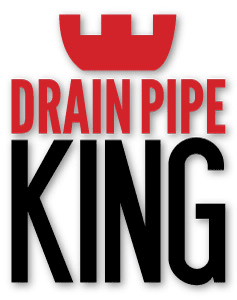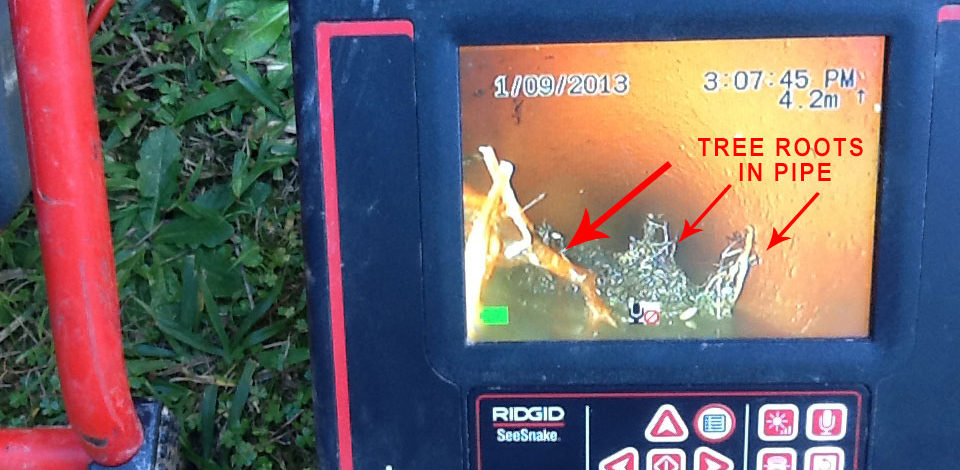A situation that is all too familiar – a blocked drain strikes and it is found that tree roots have made their way into your sewerage or stormwater pipework. A specialised plumber inspects the pipes with a CCTV drain camera and uses a high-pressure water jetter to cut the tree roots out and clean the pipes. Of course, they will inevitably find subsequent damage due to the tree root intrusion. Cracks in the pipework will continue to allow tree root infiltration if they are not repaired.
Pipe relining is a no dig solution to ongoing pipe issues. Once a pipe is relined, tree roots are unable to re-penetrate that section of pipework. The pipe relining process starts with a custom size fabric sleeve which is coated in a wet resin. A bladder is inserted inside the fabric liner. Compressed air is used to inflate the bladder and the fabric liner to the size of the pipe. This is then left to cure for 4 to 6 hours. Once the resin has set, the bladder and fabric sleeve are removed, leaving behind the resin liner. This forms the new pipework inside the old, cracked pipe.
Home owners are increasingly choosing to use pipe relining technology to fix their broken pipes. In many instances, the offending tree roots are found to be creeping over from a neighbour’s yard. Often, many homeowners ask the question – who is responsible for paying the pipe relining bill? If the tree is in the neighbour’s yard, does it mean they should foot the pipe relining bill? Unfortunately, if the problem lies within your property boundaries, then you are responsible for the cost of the repairs to the pipe, even if you think the tree roots are from a neighbouring tree.
Pipe relining products generally offer a 50-year design life guarantee. This makes it a great long term solution to pesky pipe problems which end up causing ongoing blockages.

